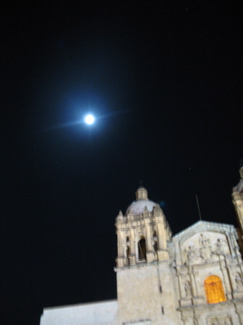Among the “Garden of Forking Paths” stories, I find The Library of Babel, which explores limits of human knowledge and the limits of human knowledge of the limits of knowledge, interesting and funny. And I find The Lottery of Babylon to be ingenious as Borges’ the Company follows a logical sequence of actions that render the inhabitants lives devoid of logic.
I am more drawn, however, to The Circular Ruins, in which “the man” creates a son via dreaming. Though utilizing many ancient philosophical and religious creation concepts, Borges explores poignantly the emotional ties of the creator towards his created. “Circular Ruin” describes the inner process of the creator all the while incorporating references to more impersonal ancient accounts and concepts of Genesis (“the man”- haadam in Genesis 1; sleep – through which the human being is made male and female in Genesis 2; the opening reference to clay alluding to Genesis 2 and the Mesopotamian Atrahasis creation account, to name just three), gnostic/ neoplatonist type concepts of series of lower and lower orders of creation through emanation (the man dreams his creation but learns that he is the creation of a previous creator), and the Christian allusion of father-son imagery. I find the end of the story very touching. Borges depicts the man fearing for his son off on his own, separated from him; and thereby, I would say, depicts the creator poignantly embracing his finitude.

I had not thought of the direct echo--the role of sleep in creation--you point out between Genesis and "The Circular Ruins." Although it is very possible that he was actually influenced by neoplatonic ideas.
ReplyDeleteI also find the idea that the "creator" was himself "created" to be very effective in the story.